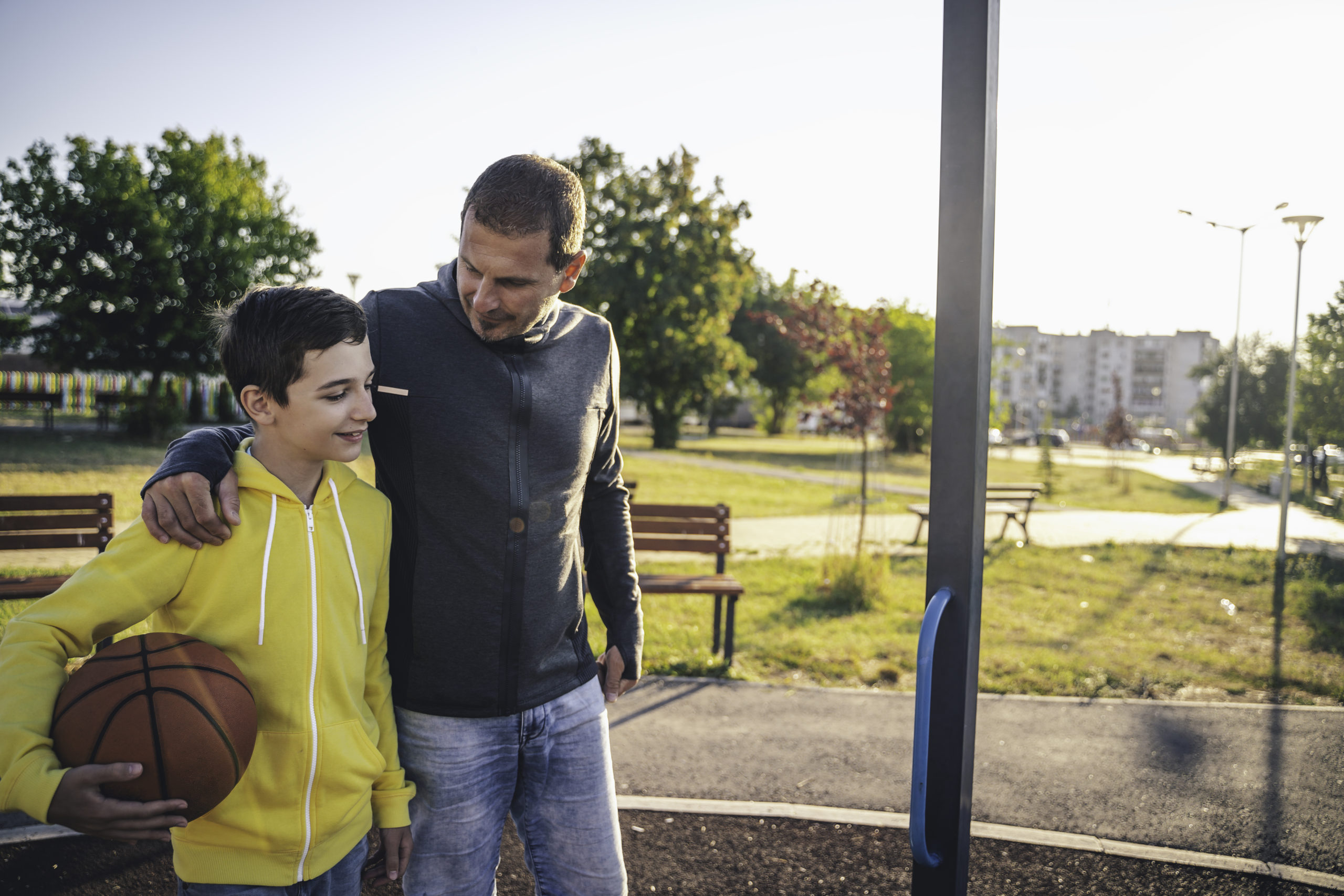If the pandemic has taught us anything, it’s that pretty much everything can be done virtually—from work to workouts, school to social gatherings, museum visits, movie premieres, and even Broadway shows.
One question, though: Is that always a good thing?
When it comes to mental health treatment, the answer is a pretty resounding “no”—or at least not virtual on its own.
“Digital apps for mental health treatment certainly have their place,” says Jennifer Steiner, CEO of Lightfully Behavioral Health. “But the thing driving the recent spike in mental health conditions, both in terms of incidents and acuity, is the digital world we’ve been living in. So why would our answer be more screen time?”
We sat down with Steiner to discuss the still-accelerating digital mental health treatment phenomenon, as well as why Lightfully—unlike its competitors—is heavily investing in and betting its future on brick-and-mortar facilities.
Q: Have we officially overcorrected to virtual behavioral health treatment?
STEINER: This is tricky. As we like to say, “Some solution is better than no solution for anything in life.” Access to mental health care is a real problem in the United States. Many communities have no services at all. Having virtual mental health care available for those who can’t access in-person treatment is essential.
However, our nation is in a frenzy right now with digital solutions to everything. We want it to be the answer to all the problems related to mental health treatment. Health insurance companies want it to be the answer because it’s a heck of a lot cheaper than in-person care, and they’re a very influential voice as it relates to mental health.
But the problems with virtual living are well-documented. My own child has struggled through COVID and it was important to me to get her therapeutic support. We tried virtual outpatient and she was just like, “I can’t do it, mom. I’m sick and tired of being on this computer.”
My friends who’ve tried app-based support talk about the constant switching of who you’re talking to and the re-explaining. There’s a lot of discontinuity, along with what they felt was a lack of humanity with those experiences.
Q: With the rush into virtual, is it also getting harder for people to assess quality?
STEINER: Oh yeah. There’s lots of capital out there backing new virtual mental health care ventures. What’s happening in many of these settings is something like, “We’re a mental health provider now. Go hire a therapist. Okay, therapist, go do your thing.” There’s not a lot of understanding about the therapeutic interventions they’re using. There’s little training, which means little consistency. It’s a free-for-all.
What’s so beautiful about Lightfully and our process-based therapy model is our commitment to the right therapeutic intervention for every patient—virtually, outpatient, or in-patient. And our Equip training model for our therapists ensures a consistent experience for every patient.
We’ve implemented a model that is far more sophisticated, structured, and targeted. And, above all, more sustainable after the virtual land-grab ends.
Q: Is virtual as effective as in-person treatment? What does the research say?
STEINER: There’s certainly data to support efficacy with virtual treatment, but I’m not sure there’s been precise or comprehensive study of virtual as a solution for varying levels of acuity and varying diagnoses.
The fact is, we know the leading indicator of therapeutic progress and success is the relational alliance between the clinician and the patient. So, removing the opportunity to form a deep relationship, as digital apps do, is incredibly concerning.
Another big disadvantage is blindness to appropriateness, particularly related to acuity. Show me a patient who is medically unstable, actively suicidal, and self-harming for whom a digital solution is safe. You can’t.
I was first faced with this question when I was running a previous mental health company during the onset of COVID. It was a very scary time for everybody. A lot of mental health providers made the decision to go virtual, certainly for their outpatient and partial hospitalization services.
I’ll never forget sitting in the room with my clinical team. They looked me straight in the eye and said, “Jennifer, we cannot guarantee or assure safety for a big percentage of our clients if we go virtual. It is, we believe, more dangerous than exposure to COVID.”
So, we made the decision to not take away that option. It was a difficult decision, but it was pivotal in demonstrating our commitment to continuing care for our patients who needed it most.
Q: Lightfully does offer virtual therapy. How do you choose when it’s appropriate?
STEINER: It’s an important part of a continuum of services. I’m not advocating that we don’t offer virtual services. But we can’t take a good thing and make it everything.
It’s an important access point to care for those who are geographically unable to get to treatment. It’s also awesome for folks who have gone through various levels of acuity and are now transitioning back to a more normal life cadence. Or someone at a lower level of acuity who may have been more hesitant to go to treatment—virtual can help them get over the psychological barrier.
And, wow, it’s an amazing option in those circumstances. It can be a gateway to treatment, helping patients become more receptive to care when they wouldn’t have otherwise.
Q: You speak of transitioning from virtual to in-person and vice versa. Do most Lightfully patients experience multiple treatment approaches—virtual, outpatient, inpatient—on their journey to better mental health?
STEINER: Yes, exactly. Our ultimate goal is to provide each client with a fulsome care plan. That gives them the best chance of sustained recovery and non-readmission.
We see that when clients move through a full continuum of services, they generally have better and more successful outcomes. It’s always our goal, when appropriate, to move patients through virtual as part of their full offering.
Q: You mentioned the patient-provider relationship as the #1 indicator of treatment success. How does Lightfully ensure that those relationships form?
STEINER: That’s a really good question. We’re the only provider I know of that actively monitors the therapeutic alliance between the clinician and the patient at every session. We watch for the creation of that alliance—we actually measure it. And if we don’t see it forming, then we admit it’s not a good fit and change the therapist.
And to be clear, what we want to see on consecutive sessions is bonding-bonding-bonding-break. Or bonding-break-bonding-bonding. Right? Because there are points in the therapeutic process where the clinician is asking the patient to do hard things. But what we don’t want to see is break-break-break-break or bonding-bonding-bonding-bonding.
We’re always watching the data. We’re not just saying, “Hey, do you have a therapeutic alliance?” We’re actually determining if it exists with a tool called the Session Rating Scale. It gives us an actual measurement.
Q: What has COVID taught you personally about mental health?
STEINER: COVID has been a great experiment on our society. First, we took away human-to-human interaction almost completely. And we took it away from children at an age when it’s the most foundational part of their development. Second, we created worldwide anxiety around fear and the unknown.
What happens to the human population when you isolate them and fill them with fear? Well, we’ve seen what happens—explosive rates of mental illness and rising levels of acuity for those who already had mental illness.
We’re evolution arily communal creatures. Human-to-human interaction is foundational. As a result, there’s a tremendous amount of unknown on the long-lasting effects of this, particularly with young people.
arily communal creatures. Human-to-human interaction is foundational. As a result, there’s a tremendous amount of unknown on the long-lasting effects of this, particularly with young people.
What’s clear right now is that we need to safely get back into human interaction. I’m hopeful that we’re in a world now where we’ve gained some confidence around safety and infection control so that we can reintroduce communal activities. We also need to make one thing clear to those currently struggling with mental illness: The bigger risk to their long-term health is continued isolation, not COVID.
Q: Last question: Is there any chance, looking back 5 years from now, that the silver lining of the pandemic will be more awareness and less stigma around mental health?
STEINER: I’m a 7 on the enneagram, which is the optimistic enthusiast. It would be counter to my nature to say that it’s all doom and gloom. There have been a lot of things that we’ve learned, and there have been hidden blessings inside all of it. But with everything in life, with an upside comes a downside. I think we’re being served up a very different set of challenges than we have seen before.
We will adjust as a society. I’m very happy about the increased awareness and the destigmatization of mental health. A lot more people are talking about it. I often hear people talking about their therapist. That’s normal now, whereas 10 years ago we hid it. We’d come out of the therapist’s office with a hat on because we were embarrassed. So that’s a great change.
People have been home. They’ve spent more time with family. They’re more self-aware, more accepting, more generous. So yes, I’m very hopeful. Of course I am.





